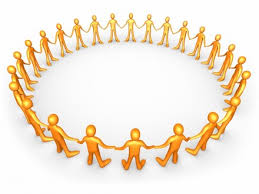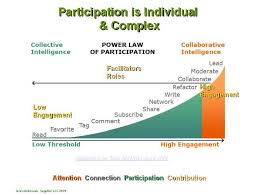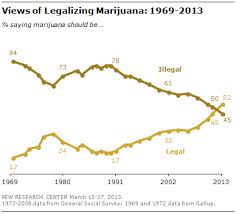 I often counsel my non-profit clients to invest in technology and social media. I tell them to experiment with ePhilanthropy strategies and tactics. However, I warn them to avoid living on the cutting edge and especially be aware of the “bleeding edge” of these types of efforts. In a nutshell, I advice them to invest and learn, but do so in a way that make sense from a “return on investment” perspective.
I often counsel my non-profit clients to invest in technology and social media. I tell them to experiment with ePhilanthropy strategies and tactics. However, I warn them to avoid living on the cutting edge and especially be aware of the “bleeding edge” of these types of efforts. In a nutshell, I advice them to invest and learn, but do so in a way that make sense from a “return on investment” perspective.
Of course, what I mean is that fundraising professionals should not forget that more than $300 billion is generated every year by charities from private sector sources (e.g individuals, corporations, and foundations). While the data is messy, it still appears that less than 10 percent of this funding results from online efforts by non-profit organizations.
Essentially, I’ve been telling clients that investing 90 percent of your time in something that accounts for just 10 percent of overall giving might not be a wise decision. So, my counsel has always been “slow and steady wins the race.”
This has been my advice for the last decade, and if there is one truism in life that I really subscribe to it is the old saying by Heraclitus that the only constant in life is change. With this in mind, I pay attention to the benchmark data from our online giving friends at Blackbaud, Network for Good and other such organizations. I do this because I know that one day we will hit that tipping point and my advice will need to change.
Before I go any farther, it is important to say:
- I don’t believe direct mail is dead.
- I don’t believe you should stop asking people face-to-face.
- I don’t think you should ignore your Baby Boomer donors and double down on ePhilanthropy strategies focused on GenXers and Millennial donors.
However, we may be getting closer that “tipping point“. Have you seen some of the 2012 benchmark data for online giving? The Chronicle of Philanthropy did a nice job reporting on these trends on March 27, 2013. The following are just a few of the highlights from a report issued by M+R Strategic Services and Nonprofit Technology Network:
- Revenue from online fundraising efforts increased by 21 percent.
- Annual growth in Facebook fans of non-profit organization pages was 46 percent.
- Annual growth in Twitter followers of non-profit organizations was 264 percent.
Click here to see an awesome infographic based on this benchmark study.
It is hard to get a handle on what the average size gift is from online efforts. I get different numbers when I look at different sources, but we are talking about average gifts in the $60, $70, and $80 ranges.
There is also interesting benchmark information about online monthly giving programs. This online fundraising strategy appears to bring in an average monthly gift of $19.
Lots of data and very little time to digest it all; however, this quotation caught my attention in another Chronicle of Philanthropy article on December 2, 2012:
“Online giving, though, accounts for less than 10 percent of the dollars charities collect, experts say. But Steve MacLaughlin, director of Blackbaud’s IdeaLab, predicts that over the next five years, the total share of gifts raised online will grow to 15 percent of charities’ overall donations.”
All of this gets me wondering . . . where is that tipping point? When should non-profit organizations get more serious about investing in technology, social media and development of online giving strategies and tactics?
I think my advice might be evolving. Yes, slow and steady wins the race, but investments in benchmarking and planning are always wise.
What is your average size gift from one-time online gifts? Is it in line with national averages? Did your Facebook fan base grow by 46 percent? Did you Twitter following grow by an audacious 264 percent? If not, what are you planning to do in 2013 to adjust your efforts and prevent yourself from falling behind the curve? And how will you guard against the risk of over-investing and living on the cutting edge?
Please use the comment box below to share some of your thoughts. Why? Because we can all learn from each other.
Here’s to your health!
Erik Anderson
Founder & President, The Healthy Non-Profit LLC
www.thehealthynonprofit.com
erik@thehealthynonprofit.com
http://twitter.com/#!/eanderson847
http://www.facebook.com/eanderson847
http://www.linkedin.com/in/erikanderson847



























